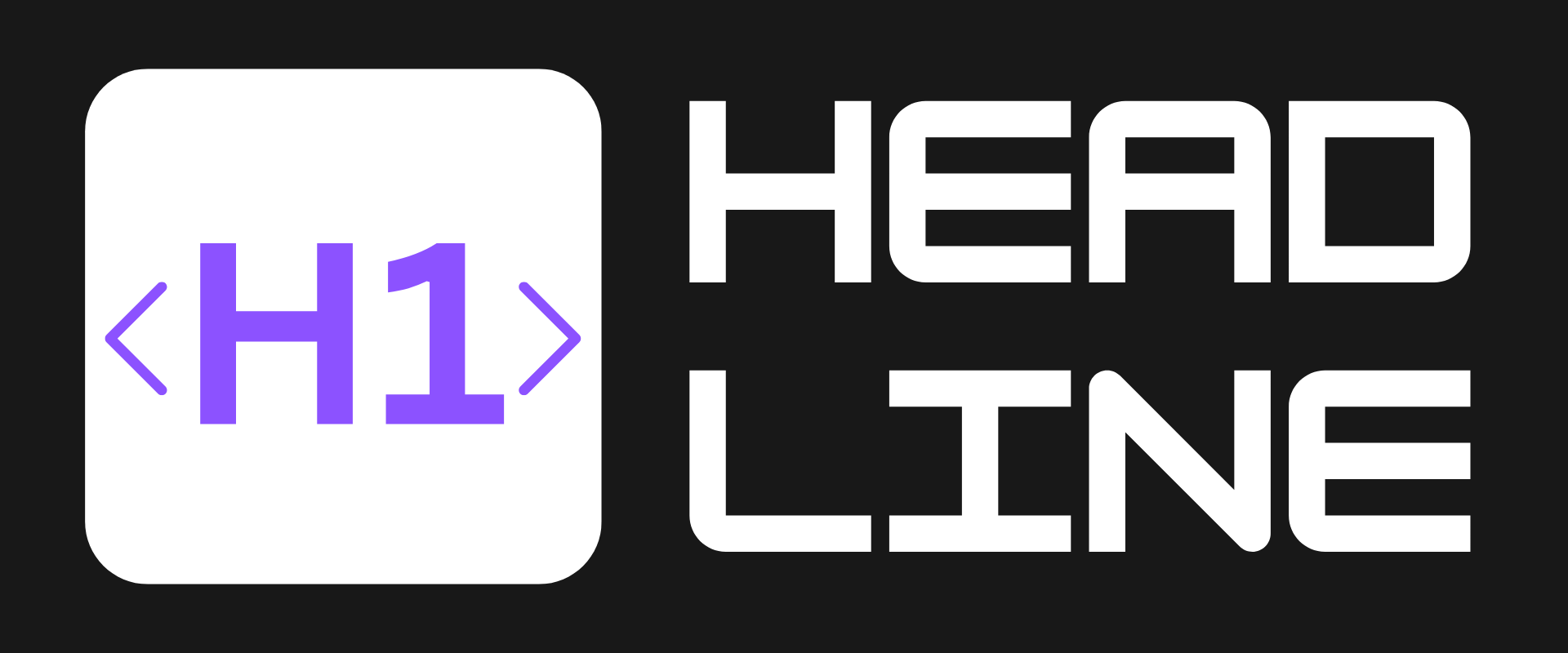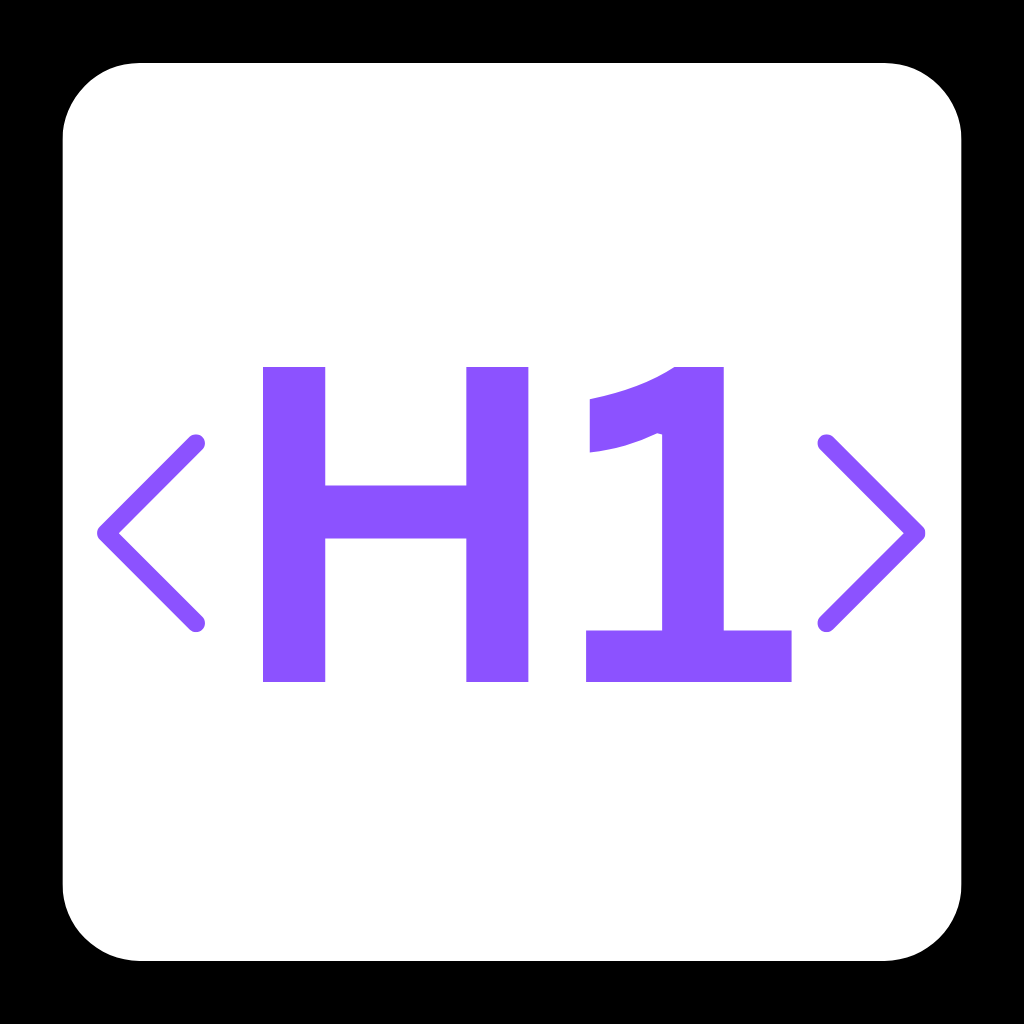Can AI Spot Hidden Heart Issues Before They Cause a Stroke?

What if a routine brain scan could reveal a ticking time bomb in your heart? A groundbreaking study from Melbourne suggests artificial intelligence might soon do exactly that—by detecting silent atrial fibrillation (AF) in stroke victims through MRI analysis. This innovation could transform how we prevent recurrent strokes, but how does it work—and is it ready for prime time? Let’s dive in.
🌍 The Silent Stroke Accelerator: Why AF Slips Through the Cracks
- 💔 5x higher stroke risk: Atrial fibrillation causes 20-30% of ischemic strokes but often goes undiagnosed because it’s asymptomatic.
- ⏳ The detection dilemma: Traditional methods like Holter monitors require extended wear (24-48 hours) and miss intermittent AF episodes.
- 💸 Costly delays: Undiagnosed AF leads to 70% higher healthcare costs per stroke patient due to recurrent events.
- 🧠 The MRI clue: Strokes caused by AF leave distinct patterns of brain damage visible on MRIs—patterns humans often miss.
✅ The AI Solution: Turning Scans Into Early Warnings
Researchers at the Melbourne Brain Centre trained an AI model on MRI scans from 1,162 stroke patients. Here’s why it’s revolutionary:
- 🎯 81% accuracy (AUC 0.81) in distinguishing AF-related strokes from other causes—matching junior cardiologists’ performance.
- 🔄 No extra scans needed: Analyzes existing MRIs already part of standard stroke care.
- ⏱️ Real-time analysis: Processes scans in minutes vs. days-long heart monitoring.
- 💡 Personalized alerts: Flags high-risk patients for targeted anticoagulant therapy to prevent second strokes.

🚧 Roadblocks: Why AI Isn’t a Magic Bullet Yet
- ⚠️ Small sample size: Initial study included only Australian patients—needs validation across diverse populations.
- 🔒 Regulatory gaps: No FDA/EMA approval yet for AI diagnostic tools in stroke care.
- 🤖 Black box problem: Doctors may distrust results without understanding how the AI makes decisions.
- 💻 Integration challenges: Hospitals would need to upgrade MRI software and train radiologists to use the tool.
🚀 Final Thoughts: A New Era of Preventive Neurology?
This AI approach could be a game-changer if:
- 📈 Larger trials confirm accuracy across global populations (studies planned through 2026).
- 🩺 Clinicians embrace AI-assisted diagnostics as a "second opinion" tool.
- ⚡ Health systems prioritize implementation—estimated to cost $50-$100 per patient initially.
As Craig Anderson, Editor-in-Chief of Cerebrovascular Diseases, puts it: "We’re not just treating strokes—we’re preventing them at their source." Could your next MRI double as a heart checkup? The future says yes.
What do you think? Should hospitals fast-track AI tools like this, or wait for more evidence?
Let us know on X (Former Twitter)
Sources: Karger Publishers. New AI approach helps detect silent atrial fibrillation in stroke victims, May 13, 2025. https://www.news-medical.net/news/20250513/New-AI-approach-helps-detect-silent-atrial-fibrillation-in-stroke-victims.aspx










